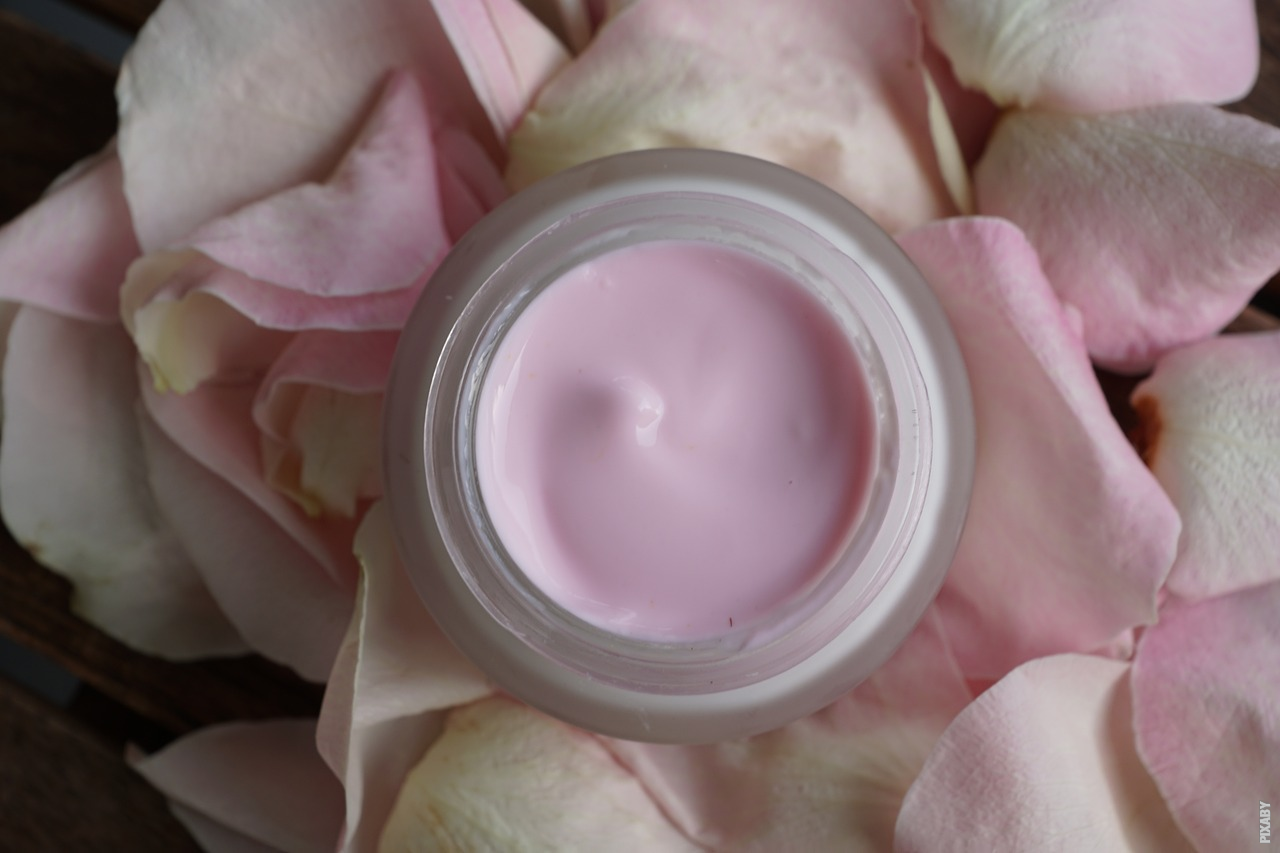The Birth of Glass
Glass, a magnificent material that has fascinated humans for centuries, is made through a mesmerizing process that combines art and science.
Melting Sands
The first step in glass production involves the careful selection and blending of several raw materials, primarily silica sand, soda ash, and limestone. These ingredients are mixed together in precise proportions, creating a unique recipe that will determine the glass’s properties.
The Fiery Transformation
Once the raw materials are combined, they are heated in a furnace at temperatures exceeding 1,500 degrees Celsius. This intense heat causes the materials to melt and transform into a molten liquid, resembling a glowing sea of glass.
Shaping the Liquid
The molten glass is then carefully poured into molds or floated on a bed of molten tin, where it spreads out into a flat sheet. This process, known as floating, ensures a smooth and uniform surface.
The Cooling Dance
As the glass cools, it undergoes a magical transformation. The molecules within the liquid slow down and rearrange themselves, forming a rigid structure. This process, called annealing, relieves internal stresses and strengthens the glass.
Post
Post
Unleashing Brilliance
Once the glass has cooled, it is ready to be transformed into various shapes and sizes. Skilled artisans and modern machinery can cut, grind, and polish the glass to perfection, revealing its inherent brilliance and clarity.
Colors of the Rainbow
Glass can be further enhanced by incorporating various metal oxides during the manufacturing process. These oxides impart vibrant colors and unique properties to the glass, allowing artists and designers to create breathtaking stained glass windows, intricate glass sculptures, and vibrant glassware.
A Sustainable Future
The production of glass is not only a remarkable feat of human ingenuity but also an environmentally friendly process. Glass is 100% recyclable and can be endlessly reused without any loss of quality. By recycling glass, we can conserve natural resources and reduce energy consumption, contributing to a cleaner and greener planet.
From the fiery birth of molten glass to its transformation into exquisite creations, the manufacturing process is a true testament to human craftsmanship and innovation. The allure of glass continues to captivate our imagination, as it shines in our windows, decorates our tables, and adorns our most cherished spaces.



